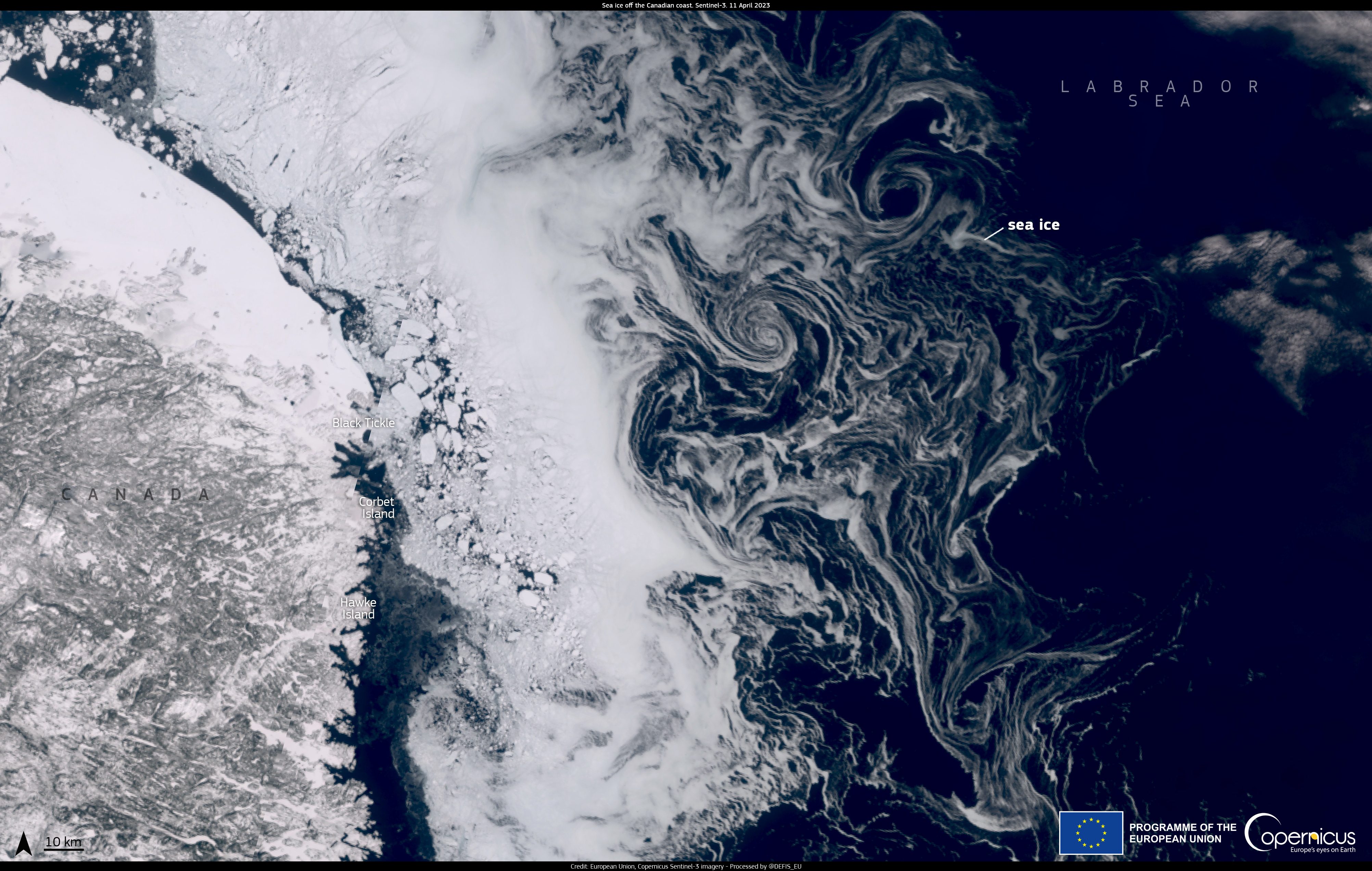Modulation of the seasonal cycle of the Antarctic sea ice extent by sea ice processes and feedbacks with the ocean and the atmosphere
with with many coauthors :)
The seasonal cycle of the Antarctic sea ice extent follows an asymmetrical pattern, increasing slowly after summer and decreasing rapidly after winter. This cycle is tied to solar radiation variations, but other factors like sea ice processes atmospheric and oceanic exchanges also contribute. Experiments were conducted using an eddy-permitting NEMO-LIM3 Southern Ocean configuration to measure these influences. Modifications to sea ice dynamics, ocean-atmosphere exchanges, and various parameters were made. Results show that ice advance relies more on initial conditions and solar changes, while retreat is significantly affected by alterations to surface albedo and ice transport. Conditions at the start of the melt season also impact retreat. Atmospheric feedback, especially when albedo is modified, enhances winter ice extent. Changes in subsurface warm water entrainment significantly impact ice volume and extent, particularly when coupled with the atmosphere.
